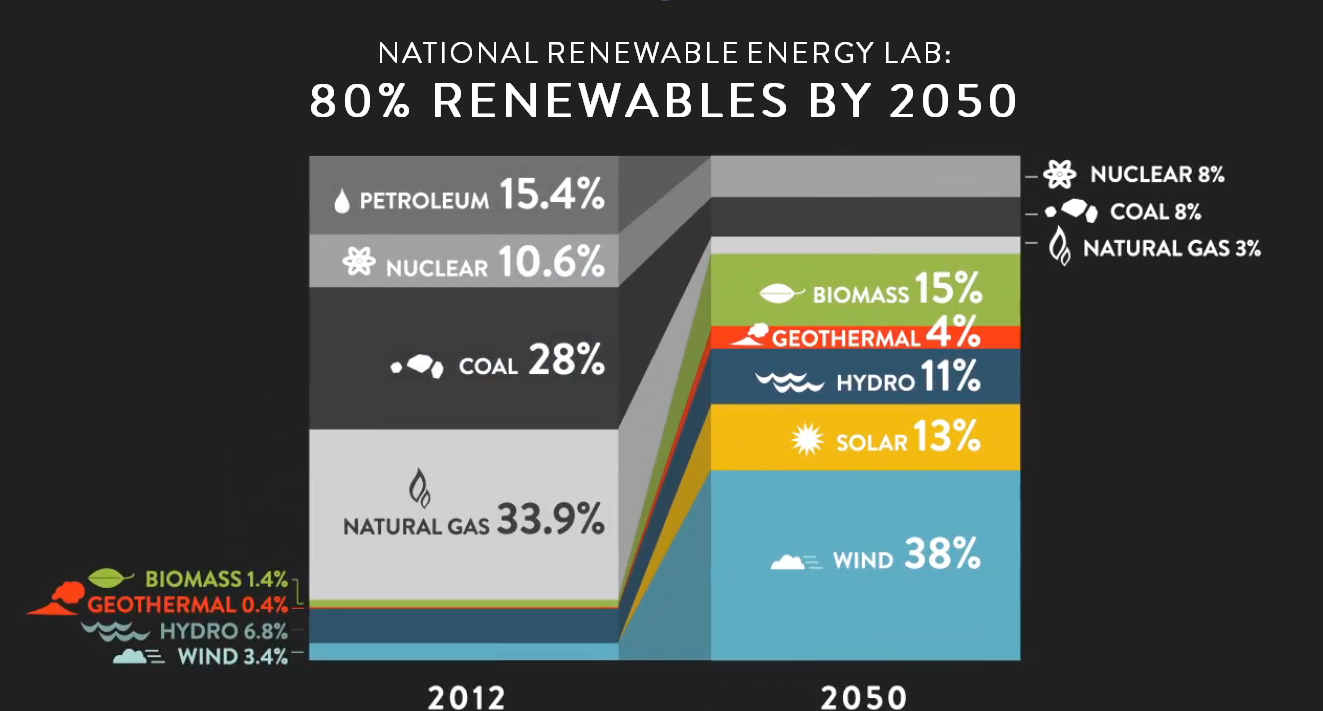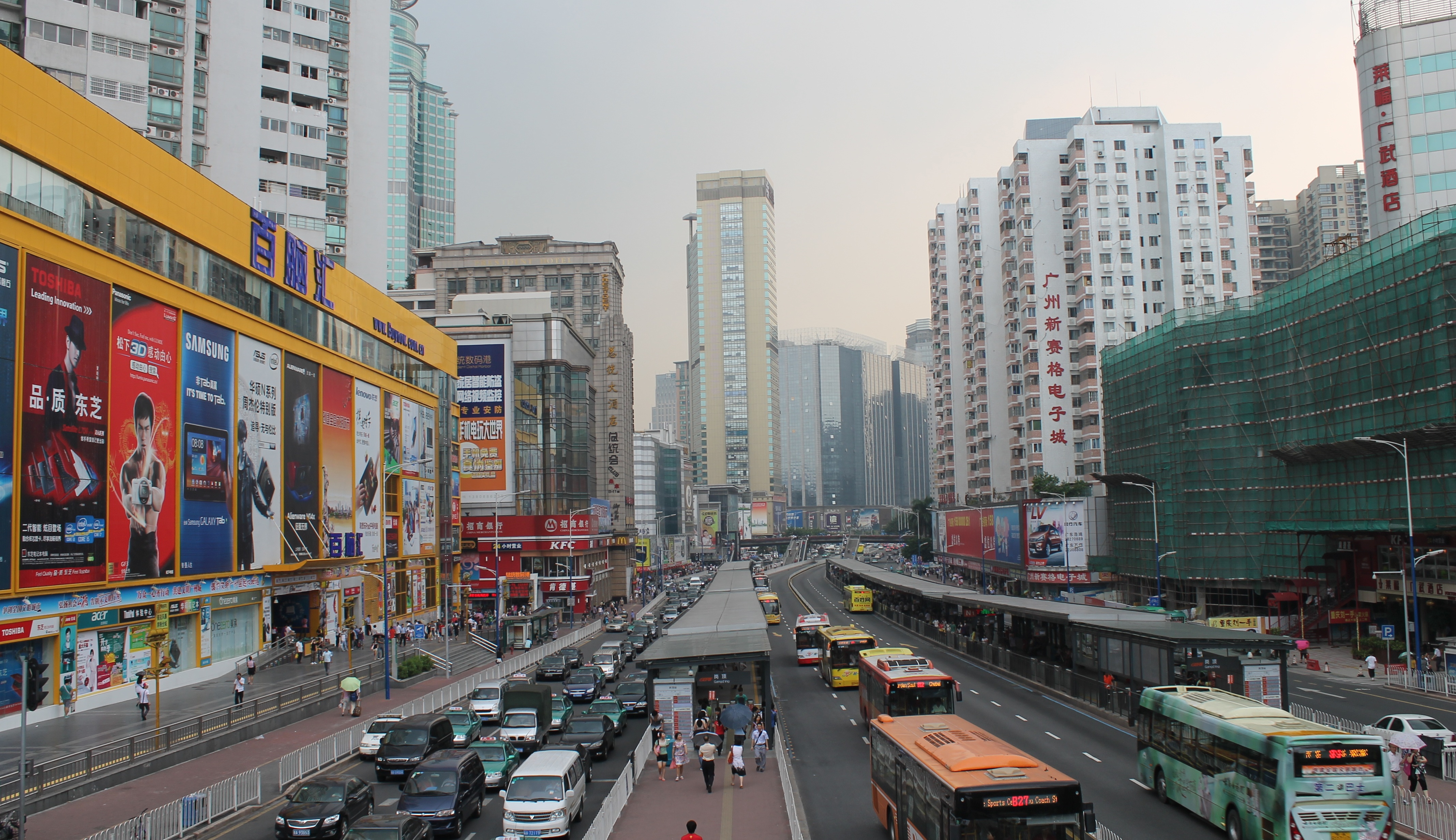In April, Hal taught a mini course on energy policy at the University of Chicago’s Harris School of Public Policy. The course comprised four interactive lectures that covered today’s energy situation and offered energy policy solutions for building a sustainable future. The lectures discussed: large-scale renewable energy integration, natural gas, urbanization in china, and best practices for energy policy design.
Large-scale renewable energy integration
“Fear and Hope,” Hal’s first lecture, discussed the potential non-linear consequences that could result if action is not taken to reduce carbon emissions. One way to reduce the impacts of climate change is to transition away from exhaustive, carbon-intensive fossil fuels and toward clean, renewable energy sources. Renewable energy sources are becoming a much more viable energy option, as prices for wind and solar have drastically dropped and installed capacity has skyrocketed. Hal mentioned the several studies that indicate that the United States has the technical capacity to reach 80% renewable energy by 2050 if we continue to decrease our dependence on fossil fuels, transition to zero-carbon energy, and reduce energy demand through efficiency practices.
Click here to download the Fear and Hope powerpoint presentation
(Note: this powerpoint is an updated version of the one that was presented at the Chicago lecture series)
Natural Gas
Hal’s second lecture covered how the recent boom in natural gas is shaping our energy future, and must be managed correctly. Hydraulic fracturing (“fracking”) has allowed the extraction of natural gas deposits that were previously unavailable. Many consider it a better alternative to other fossil fuels since it emits less carbon dioxide when burned. Unfortunately, natural gas can leak methane if extracted incorrectly, which is extremely hazardous to the atmosphere. There is also concern regarding natural gas’ impact on nearby land and water, as well as its potential to delay the transition to renewable energy. Hal concluded his lecture with five important steps to getting natural gas right: no methane leakage, use gas to phase out coal and accelerate renewables, create standards to preserve water quality, create standards to limit local land impacts, and require zoning to preserve ecologically important areas.
Click here to download the Natural Gas powerpoint presentation
Urbanization in China
The third lecture in the mini-course covered China’s current massive urban migration. Chinese cities absorb 13 million rural residents each year. As new cities form, it is all the more important that they are built sustainably to accommodate the growing urban population, while also offering healthy, accessible, and affordable places to live. Hal outlined the key design principles for building sustainable cities: connected networks of streets, mixed-use neighborhoods, walk- and bike-friendly roads, and high-quality public transit. Several of China’s major cities are already implementing elements of these design principles, like Guangzhou’s Bus Rapid Transit (BRT) system, or Hangzhou’s public bike program. Making these urban changes will require financial reform and strict enforcement of policies and standards.
Click here to download the Urbanization in China powerpoint presentation
Best Practices for Energy Policy Design
Hal wrapped up the mini course with “Policies That Work”, a presentation on the best practices for energy policy design. A handful of political leaders will determine the energy future for billions of people, meaning it is crucial that policies are set in place to get us on a trajectory toward clean energy. Robust political action is required to ensure that we control our use of existing fossil fuel reserves and not squander our opportunity to manage climate change impacts. Hal outlines six policy design principles for energy policy: clear performance standards, long-term goals, continuous improvement, market-sought solutions, no loopholes, and performance standards aligned with fiscal incentives. Hal used the transportation sector as an example for implementing these design principles, but emphasized that they ought to be applied to all sectors, including buildings and industry, and the power sector.
Click here to download the Policies That Work powerpoint presentation
Video footage of all four presentations will be posted shortly.


